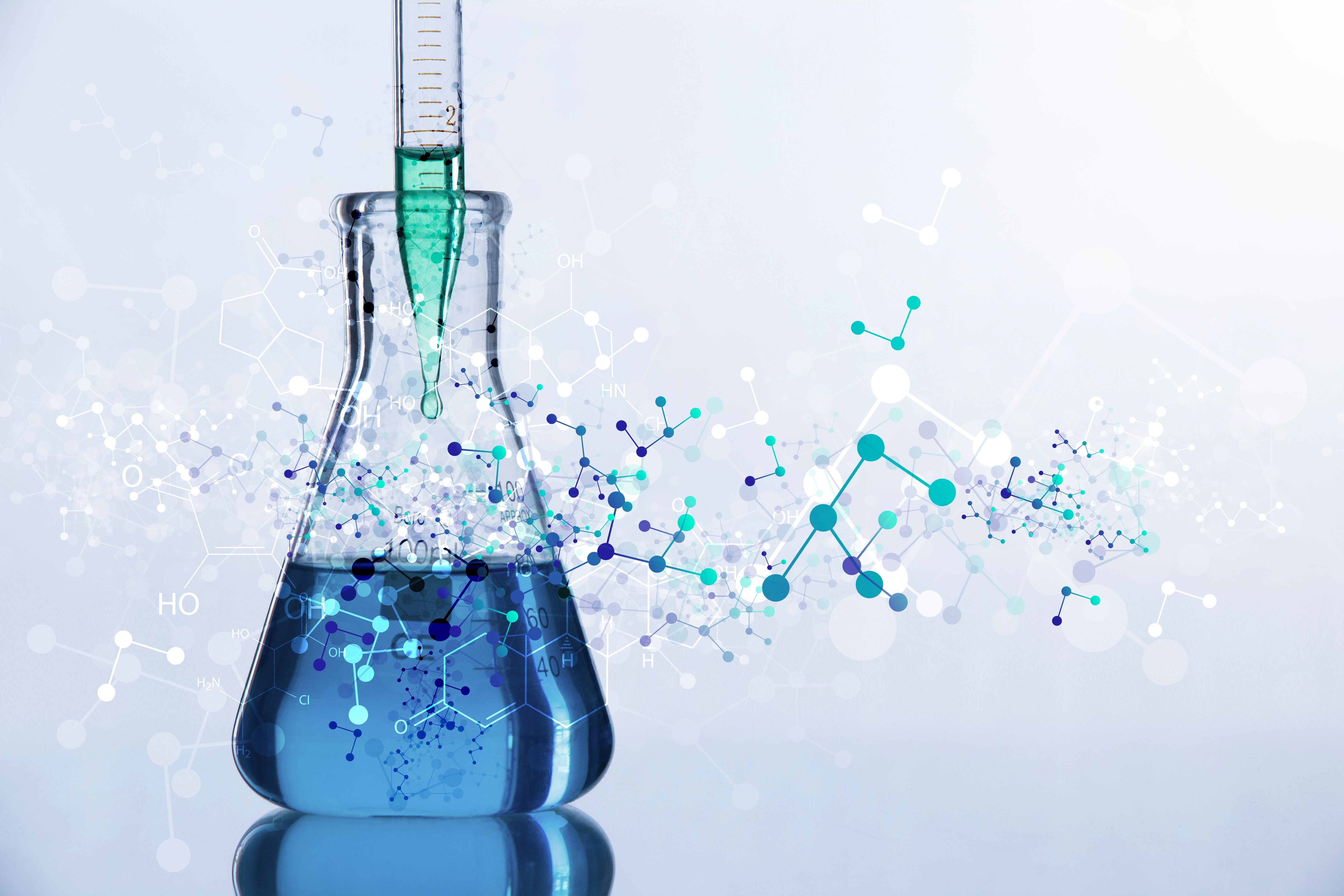Does the current TTC approach adequately cover non-genotoxic tumorigenic substances?
Genotoxic substances are currently regulated according to the TTC1 concept and are thus subject to a very low daily limit of 0.15 µg per person, because it is assumed that even tiny amounts of these substances can potentially cause mutations and thereby lead to tumor formation. But does this also hold true for carcinogenic substances that do not directly damage DNA? Or should such carcinogens be subject to other regulatory limits, e.g. according to the Cramer classes in the TTC concept?
 Fraunhofer Institute for Toxicology and Experimental Medicine
Fraunhofer Institute for Toxicology and Experimental Medicine
